This is adapted from material in my Free eBook,
“Twelve Ways to Improve Your Photography, Without Spending More Money”,
available here
“Would you use an 85mm lens or something else for this?” “Should I shoot this at f/8 or f/4?” These and variations on them, are the most common questions I hear on my location workshops. The only possible answer to questions like these is, “I don’t know, what are you trying to show the viewer?”
Photography is not primarily a technical pursuit. At its heart, it is an aesthetic, creative art form—a vehicle for artistic expression. Of the two, technical and aesthetic, the aesthetic is much harder to define and master than the technical. Too many photographers approach image-making by putting the cart before the horse and making technical decisions before considering aesthetic considerations.
Asking better questions will help you understand what you are trying to show your viewer. “Why this image? “Why right now?” “What made me pick up the camera and point it at this subject?” “What is it about this subject that I am trying to show the viewer?” There are also more questions than just those that start with, “Why?” or “What?” There is also “What if?” Asking “What if?” frees your imagination, allowing it to go in new creative directions. Letting go of all the rules instilled into us, rediscovering our inner child, and allowing ourselves to experiment and take creative risks that may lead to new visual discoveries.
Asking better questions before we press the shutter button; questions like “Why?” and “What if ?” are more important than “How?” Let me relate an example.
When a forecast rainstorm arrived early, a planned day of shooting was in danger of being cancelled.
So, what to do? Wandering into the kitchen, I found myself standing near the sink. For whatever reason picked up the sink strainer/drain plug and started asking myself questions. “What could I do with this?” “What if……?

As it turns out, I had been shooting some material involving water drops and flowers for the “Understanding Close-Up Photography” course on bpsop.com. For context, here is one of the images I came up with.
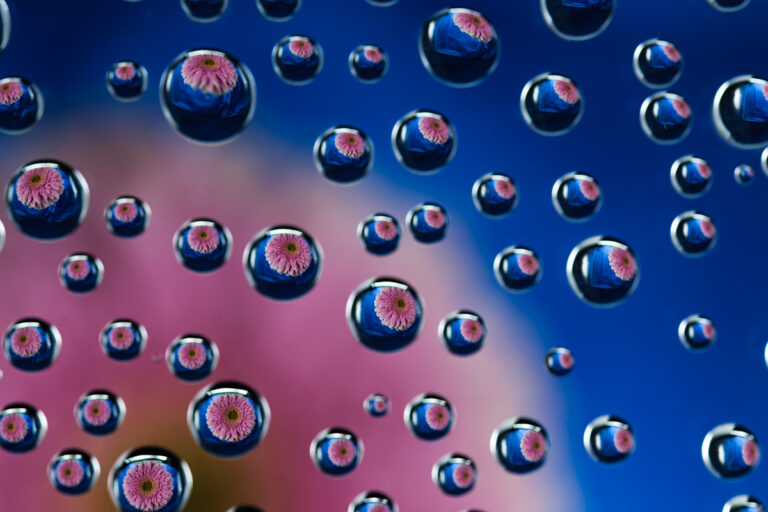
Now, before I go on, it’s important to note that this post isn’t about shooting water drops and flowers, although I will show you how to begin shooting images like this in a minute. This post is really about learning to ask yourself questions that force you to think beyond the obvious and to see the possibilities in the common everyday things around you, whether they are in your garden, a kitchen drawer… or the kitchen sink. So I asked myself, “What if I adapted the water drop and flower approach and lit this drain plug from below? Maybe with a red light and… and maybe a complementary coloured background?
The basic set for the image above (and one I will show you later) is shown in the image below on the left. We have a glass coffee table in our Family room, so it made the perfect “stage” to setup these images. A piece of plate glass is supported above the glass table. This is a tempered plate glass shelf I commandeered for the purpose, and if you decide to try this yourself, make sure the glass is tempered. DO NOT USE PLATE GLASS FROM AN OLD PICTURE FRAME! It is not strong enough, it is not tempered, and if it breaks (which is likely), it will produce dangerously sharp edges.

For the Sink Drain Plug setup, all three levels created here (upper glass shelf, middle glass coffee table, and lower shelf) are required since we will want to light the sink drain from below. The Subject is the Sink Strainer, and goes on the second level (the top of the coffee table). Carefully placed water drops are added to the top glass shelf for reasons that will become clear in a minute. If you want to just shoot flowers or other simple objects, you won’t need to light these from below; only a single glass stage is required. A glass table like the one here would be ideal. Simply place the flower or other object below the glass, on some colourful paper or whatever you think appropriate to create a background for the object. You will need to provide some lighting for the object and its background below the glass. For this, you can simply use available window light if you don’t have or want to use any additional lighting like the flash units shown here. If you are shooting by window light, use a sheet of black paper or poster board to block the window light from hitting the water drops on the top level. I’ll cover these setups in greater detail in a future session of the Close-Up class. Lastly, a piece of deep red cellophane plastic (often used as gift wrap) is taped over the flash unit on the lowest level and aimed up directly below the sink strainer.
The setup for the Sink Drain/Plug image is above on the right. Not shown are two additional flash units to the right and left on the lowest level, illuminating the blue background.
With the sink drain plug on the coffee table and the water drops carefully placed on the elevated glass shelf (inset above right), a sheet of blue paper and some bubble wrap on the bottom shelf as a background, we’re almost ready to shoot. The camera is positioned to shoot straight down at and focused on the water drops on the top layer of glass. The small image inset above on the right shows a “camera eye” view of the water drops on the top level with the sink strainer below on the table. If you look closely, you can see that the water drops are imaging the sink strainer below.
To be honest, the lighting was a bit more complicated than shown here, but again, the lighting isn’t the point of this post. In the end, I came up with the image below, which, while not an adjective I like to use in describing my images, I did think was kind of “cool.”

Each water droplet above the subject on the upper glass stage becomes a little lens, imaging whatever is below. The result is we get sharply defined images of the silhouetted sink strainer in the water drops, but the shape of the sink strainer itself is just out of focus enough to leave you guessing, which is kind of the point.
But maybe we are not done yet.
Once again, the “What if…?” questions returned. What if I used this as a background for another image?
I loaded the image above onto both my and my wife’s iPads. Propping one up vertically and laying the other on the desk in front of it, I had a small “stage” and a “background” to match.

On to the stage, I placed a spoon and shot just the tip of the spoon straight on horizontally, from the level of the iPad “stage” using a macro lens. This was the result….

But I still had more questions: “What if I used the original image as a light source to illuminate a shiny, reflective object? How about the inside of a cheese grater?”
Here is the setup, shot with a very wide-angle 10mm lens (15mm full frame equivalent) @ f/22 and the lens set manually to its closest focus point

Here is the result:
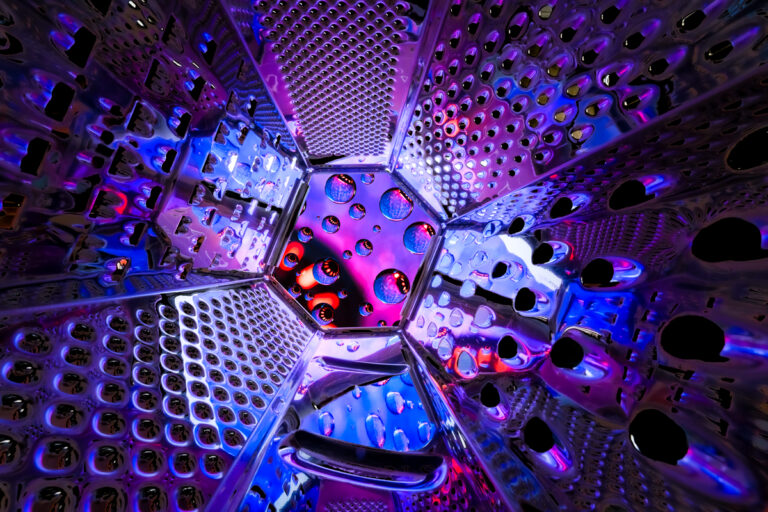
Four different images, each one the result of asking better questions. Asking “Why?” or “What if?” will produce more interesting, more creative images — images that show the viewer something more than a simple likeness of your subject.
Ask better questions.
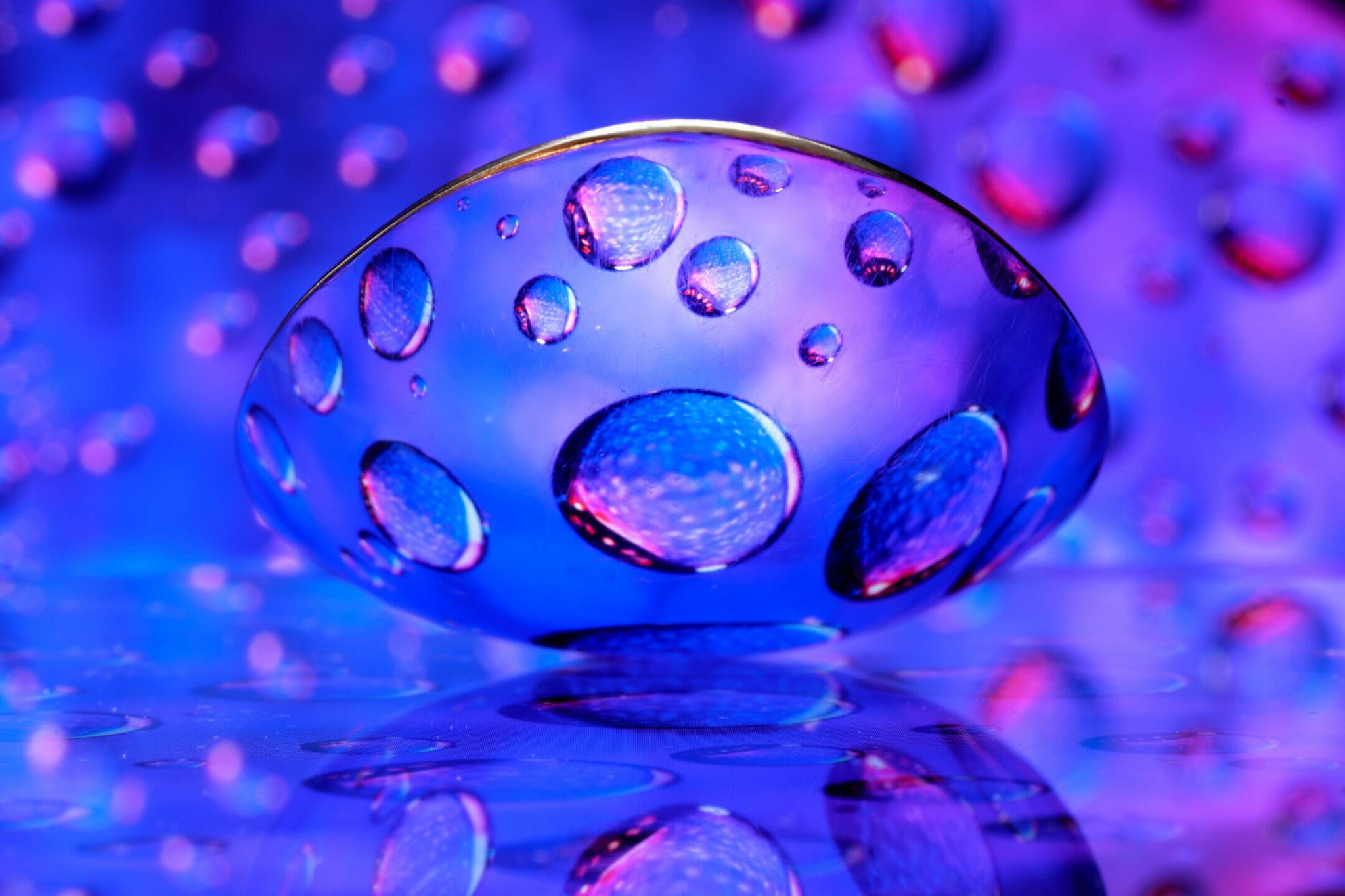
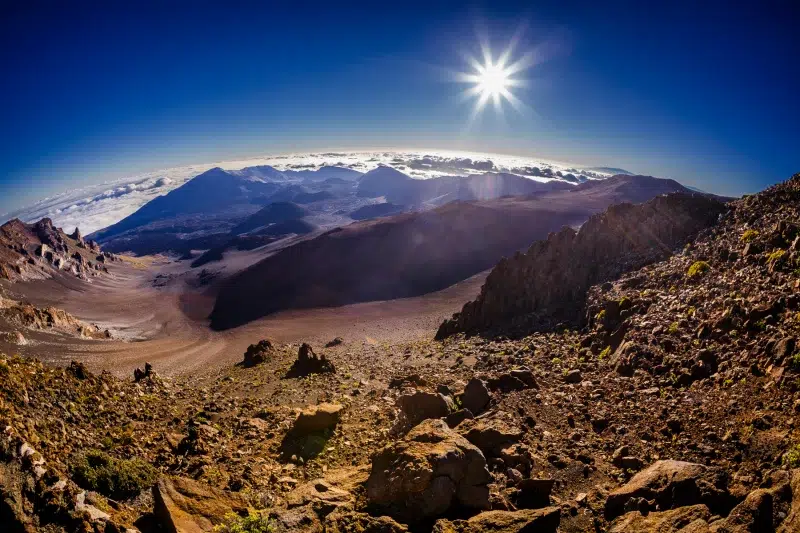

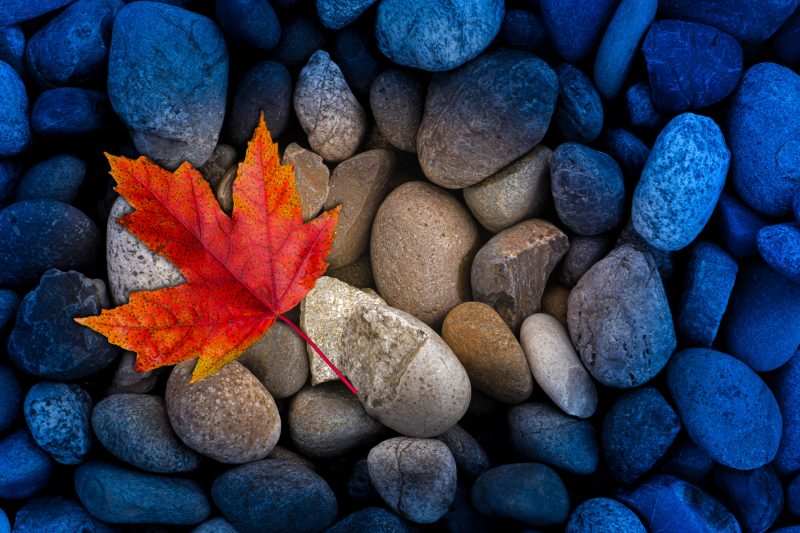
william perrelli
30 Jan 2023Excellent!!!
william perrelli
30 Jan 2023One question.
What did u use for the color and how was it placed in the scene.
Best
William
Sara Melzer
17 Mar 2025This is such a wonderful set of instructions!!!! First off, it’s great to be reminded of these questions. How often I forget!!!!! And that’s such fun to shoot in this creative way. It’s also a great way to shoot indoors when the weather or air quality is bad. Thanks for these hot tips!!!!